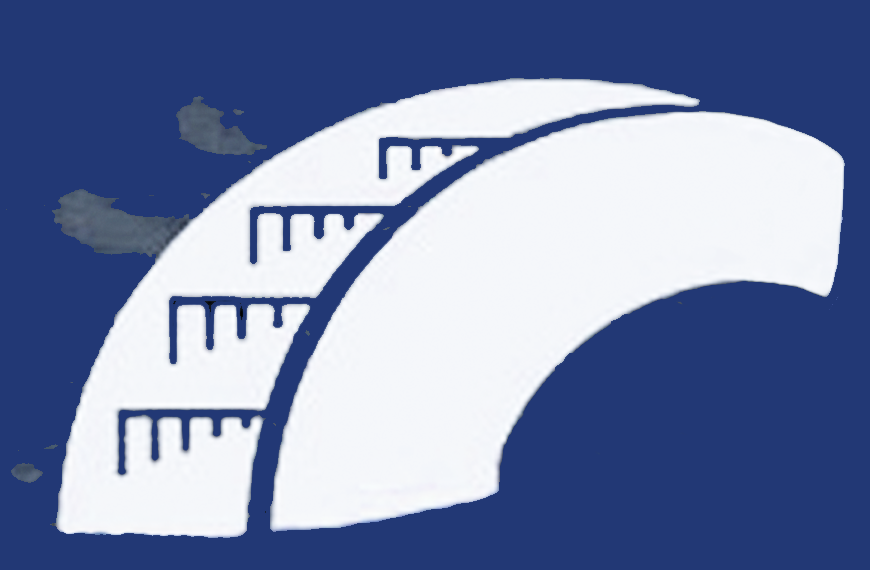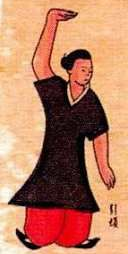Abdominal Breathing Nourishes Original Qi and Descends Excess
To understand therapeutic movement as traditional Chinese medicine, we need to begin with one of the most common meanings of qi: the breath. There is considerable overlap between the movement of the breath and other subtle movements of qi in the body. Of course, breath is also the most direct pathway of communicating the prevailing environmental qi into the body--it is a movement at the intersection of the inner and outer. An ancient term for breath training, 吐納 (tǔnà), literally means to “spit out and bring in” and evokes the purging of stale qi and the renewal of vital qi. As a bodily movement, breath reaches deep into the body affecting the zangfu of all three jiao down to the root of qi, the Kidney.
As the foundation of all Chinese breath training, relaxed abdominal breathing embodies the four movements of qi: not just entering and exiting but ascending and descending as well. The title of this chapter refers to two of the primary (but by no means only) applications of abdominal breathing exercises inherent in the four movements. Abdominal inspiration is an inward and downward movement of qi that helps both to descend excess in the upper body and nourish original qi in the abdomen. Later, we will explore how the upward and outward movement of expiration expels pathogenic excess and clears the exterior.
This chapter will address much of the basic theory and application of therapeutic movement. Initially, the discussion will be organized according to the “three regulations” (三正 sānzhèng, 三調 sāntiáo), referring to the regulation of qi, heart-mind and bodily form, which are often used to define contemporary qigong practice. We will then proceed to distinct postural strategies--sitting, reclining, and standing--in the context of abdominal breathing. These three postural strategies act as the foundation for all later exercises presented in the text.
Before we explore any explicitly therapeutic exercises, we will try to observe the unaltered breath. This step is often skipped but is well worth visiting and revisiting if you want to understand where your breathing habits currently stand. Observing spontaneous breathing patterns is also a useful diagnostic tool for patient assessment. It is also useful to establish a baseline “normal” or habitual breath for comparison with therapeutic interventions.
2.1 Natural Abdominal Breathing
“Now the reasons that flowing water does not stagnate and a door that pivots does not get woodworms are because of their movement.” (Maishu (4) in Lo 1998: 340)
This much-quoted phrase is one of the earliest metaphors for health as defined by the Chinese tradition. When qi moves freely, it tends to move correctly and there is health. When qi flow is restricted, it deviates, and there is internal stagnation or pathological invasion. Yet what constitutes a free and unrestricted breath?
The Chinese word for “natural” (自然 zìrán) has the connotations of “spontaneously right” and “correct of itself.” The sense of spontaneous rightness is fundamental to the concept of qi. When there is no impediment or interference, qi tends to move correctly, and this movement is itself corrective—it regulates and courses the channels. Thus, the primary strategy of therapeutic movement, like acupuncture, is to remove any impediment to the spontaneous movement of qi, including the breath. This does not need to be accomplished at once. Over time, even a small improvement can gather momentum thanks to the regulating function.
If a relaxed, unforced inhalation does not observably mobilize the abdomen, there is some breathing dysfunction. Unless breathing is limited due to some deficiency of descending function of the Lung, there is likely some restriction or impediment involved. To restore free qi movement, it is advantageous to first assess restrictions as clearly as possible. Just as with acupuncture, this can include identifying areas of pain (stagnation), excess and deficiency. These may be found in the upper or lower torso and involve not only the respiratory diaphragm but any of the accessory muscles.
While breathing is perhaps the most easily observed movement of qi in the body, restricted breathing patterns are often so habitual as to be largely undetected by the patient unless she is experiencing significant distress. It is important not only for the clinician to assess any restriction, but for the patient to gain awareness of it as well. We will begin by attending to the “natural” unforced and unguided breathing and try to feel to what degree it is “abdominal.”
2.1.1 Exercise: Attending to Your Breath
Sit comfortably on a stool or firm chair and make sure your clothing is loose at the waist.[1] Pay attention to your breath without trying to alter it. Is your breathing comfortable? Do you inhale and exhale through the nose, mouth, or some combination or the two? How long does your inhale last; how long is your exhale? Where do you feel the breathing moving--what parts of your torso feel as if they are filling as you inhale? Is your chest involved? How much of your abdomen is involved: the upper part, the lower?
After a few minutes, put one hand on your chest and one hand on your upper abdomen. Where do you feel more movement? If both areas move, which area moves first? Try to avoid thinking there must be a correct answer.
Leave the hand on your upper abdomen and place the other on your lower ribs. Keep your arms and shoulders relaxed or the tension may interfere with the freedom of your breath. Ask the same questions: what area moves most and is there a direction or sequencing to the movement?
Leave one hand on your upper abdomen and move your other hand to your lower abdomen. Return to the same questions. If your breath changes while you’re paying attention, take note but don’t encourage or pursue these changes.
Finally, reach one hand around to your lower back (only if the position is comfortable) and repeat the noticing process.
[1] Throughout this text, the seated position will recommend using a chair or stool. It should be firm, relatively flat, and a height where your hips are the same height or slightly higher than your knees. A thin cushion is allowable for comfort. The most ancient position for breathing exercises is likely kneeling with buttocks on heels, but for many westerners this is not typically comfortable for an extended period. Likewise sitting cross-legged on the floor (even on a cushion) can pose challenges for good support and tends to disconnect the legs, which will be important to finding rooting qi and descending weight some of the exercises.

